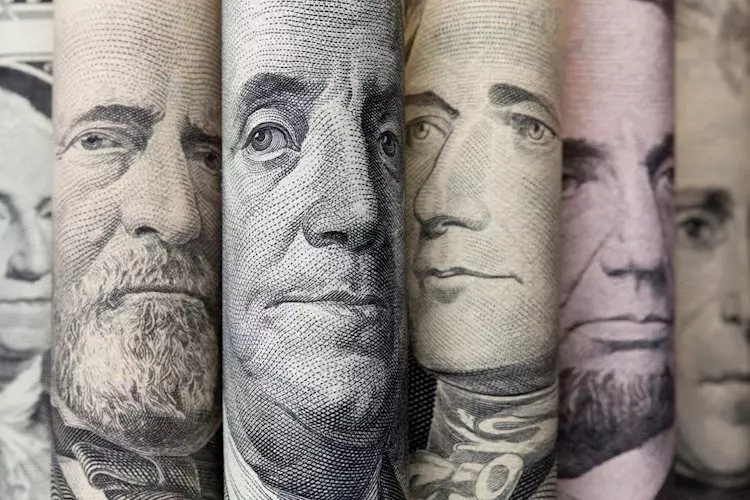The US Dollar recently saw a slight recovery, with the DXY rising to 105.20, following Federal Reserve Chairman Jerome Powell’s remarks in Congress. Powell’s cautious stance on immediate rate cuts and emphasis on waiting for economic data has instilled confidence in the market for a potential September rate cut.
Despite disinflation indicators, there is optimism among investors about a rate cut in September. Fed officials are taking a data-driven approach, with Powell highlighting the importance of strong economic data to support any decision on rate cuts. He expressed concerns about inflation not consistently reaching the 2% target, indicating a need for more encouraging data before considering a rate cut.
Market participants are eagerly awaiting June’s CPI data, which is due on Thursday, to gauge US inflation trends. Forecasts indicate a deceleration in YoY headline inflation to 3.1% and a steady core reading at 3.4%. The outcome of this report will likely impact market sentiment regarding future rate cuts by the Fed.
Despite a recent decline, the US Dollar has shown signs of recovery, with the DXY moving above the 100-day SMA. Technical indicators like the RSI and MACD have improved, suggesting potential upward momentum. The 104.78 zone has acted as a strong support level, while lower levels at 104.50 and 104.30 could provide additional support against further declines.
Understanding the US Dollar’s Significance
The US Dollar holds a prominent position in global currency markets, representing over 88% of all foreign exchange turnover. It became the world’s reserve currency post-World War II, replacing the British Pound. The US Dollar’s value is heavily influenced by the Federal Reserve’s monetary policy, which aims to maintain price stability and promote full employment through interest rate adjustments.
The Federal Reserve’s decision-making process, mainly through interest rate changes, has a direct impact on the US Dollar’s value. Higher interest rates in response to rising inflation can strengthen the Dollar, while lower rates to stimulate the economy can lead to Dollar depreciation. Measures like quantitative easing (QE) and quantitative tightening (QT) are also used by the Fed in extreme economic conditions, affecting the Dollar’s strength accordingly.
The recent performance of the US Dollar, influenced by Powell’s remarks and upcoming economic data, has highlighted the importance of monitoring the Fed’s policy decisions for currency market participants. While uncertainty surrounding future rate cuts persists, market reactions to data releases and Fed actions will continue to shape the Dollar’s outlook in the coming months.

